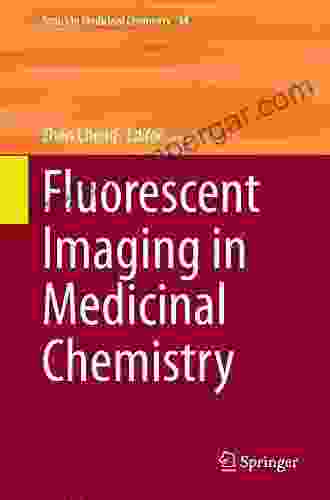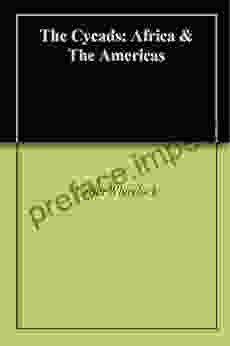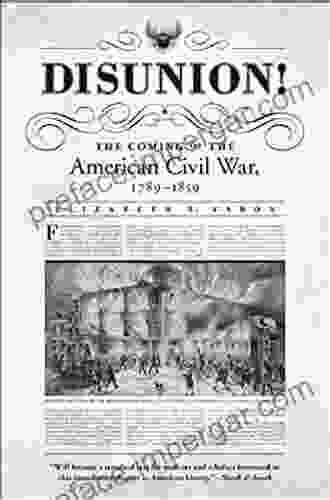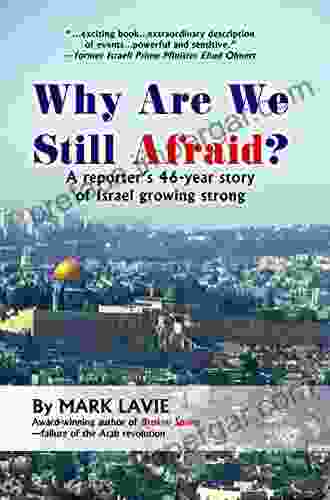Unlock the Power of Fluorescence: Fluorescent Imaging in Medicinal Chemistry

Fluorescence imaging has emerged as a powerful tool in medicinal chemistry, enabling researchers to visualize and study biological processes at the molecular level. This innovative technique allows for the non-invasive imaging of live cells and tissues, providing valuable insights into drug interactions, disease mechanisms, and therapeutic efficacy.
Fluorescent Probes: The Key to Visualizing the Invisible
Fluorescent probes are molecules that emit light when exposed to specific wavelengths of electromagnetic radiation. These probes can be conjugated to target molecules of interest, such as proteins, nucleic acids, or small molecules, allowing researchers to track their localization, interactions, and dynamics within living systems.
5 out of 5
| Language | : | English |
| File size | : | 42045 KB |
| Text-to-Speech | : | Enabled |
| Screen Reader | : | Supported |
| Enhanced typesetting | : | Enabled |
| Print length | : | 416 pages |
Applications in Medicinal Chemistry
Fluorescent imaging finds extensive use in various aspects of medicinal chemistry, including:
1. Drug Discovery and Development
Fluorescence imaging enables researchers to visualize and quantify drug interactions with target molecules, cellular components, and tissues. This information is crucial for understanding drug mechanisms of action, identifying off-target effects, and optimizing drug design.
2. Disease Mechanisms
Fluorescent probes can help elucidate the cellular and molecular basis of diseases. By tracking the localization and interactions of disease-associated proteins and nucleic acids, researchers can gain insights into disease progression, identify potential therapeutic targets, and develop diagnostic tools.
3. Therapeutic Efficacy
Fluorescence imaging can be used to assess the efficacy of new drugs and therapies by monitoring their distribution in the body, cellular uptake, and interactions with target molecules. This information guides researchers in optimizing drug delivery strategies and improving therapeutic outcomes.
Types of Fluorescent Imaging Techniques
Various fluorescent imaging techniques are available, each with its strengths and applications:
1. Fluorescence Microscopy
Fluorescence microscopy is the most widely used technique, allowing researchers to visualize fluorescently labeled molecules in live cells and tissues. Advanced microscopy techniques, such as confocal and super-resolution microscopy, provide high-resolution images with precise localization information.
2. Fluorescence Spectroscopy
Fluorescence spectroscopy measures the emission intensity of fluorescent probes at different wavelengths. This technique provides quantitative information about the concentration, binding affinity, and conformational changes of target molecules.
3. In Vivo Imaging
In vivo imaging allows for the visualization of fluorescent probes in living animals. This technique is particularly useful for studying drug distribution, metabolism, and efficacy in a whole-body context.
Advantages of Fluorescent Imaging
Fluorescent imaging offers numerous advantages:
1. Non-Invasive
Fluorescent imaging techniques are non-invasive, allowing researchers to study live cells and tissues without causing harm.
2. Real-Time Imaging
Fluorescence imaging enables real-time visualization of biological processes, providing dynamic insights into cellular events.
3. High Sensitivity
Fluorescent probes can detect minute amounts of target molecules, enabling the study of low-abundance biomolecules and interactions.
4. Multi-Color Imaging
Multiple fluorescent probes can be used simultaneously to visualize different target molecules or cellular components, providing a comprehensive view of complex biological systems.
Limitations and Considerations
While fluorescent imaging is a powerful tool, there are some limitations to consider:
1. Photobleaching
Fluorescent probes may lose their fluorescence over time due to photobleaching. Careful experimental design and the use of appropriate excitation wavelengths can minimize this effect.
2. Autofluorescence
Cellular components and endogenous molecules can emit natural fluorescence, which may interfere with the detection of fluorescent probes. Specific strategies, such as the use of spectrally shifted probes and advanced image processing, can help overcome this issue.
3. Probe Specificity
Ensuring the specificity of fluorescent probes is crucial to avoid false positives or misinterpretations. Validation experiments and appropriate controls should be employed to confirm the selectivity of probes for target molecules.
Fluorescent imaging has revolutionized medicinal chemistry, providing researchers with unprecedented insights into biological processes. Its non-invasive nature, real-time imaging capabilities, high sensitivity, and versatility make it an indispensable tool. As technology continues to advance, fluorescent imaging will undoubtedly play an even greater role in drug discovery, disease research, and the development of new therapies.
5 out of 5
| Language | : | English |
| File size | : | 42045 KB |
| Text-to-Speech | : | Enabled |
| Screen Reader | : | Supported |
| Enhanced typesetting | : | Enabled |
| Print length | : | 416 pages |
Do you want to contribute by writing guest posts on this blog?
Please contact us and send us a resume of previous articles that you have written.
 Book
Book Novel
Novel Page
Page Chapter
Chapter Text
Text Story
Story Genre
Genre Reader
Reader Library
Library Paperback
Paperback E-book
E-book Magazine
Magazine Newspaper
Newspaper Paragraph
Paragraph Sentence
Sentence Bookmark
Bookmark Shelf
Shelf Glossary
Glossary Bibliography
Bibliography Foreword
Foreword Preface
Preface Synopsis
Synopsis Annotation
Annotation Footnote
Footnote Manuscript
Manuscript Scroll
Scroll Codex
Codex Tome
Tome Bestseller
Bestseller Classics
Classics Library card
Library card Narrative
Narrative Biography
Biography Autobiography
Autobiography Memoir
Memoir Reference
Reference Encyclopedia
Encyclopedia Justin B Leaf
Justin B Leaf Jeffrey Andrew Weinstock
Jeffrey Andrew Weinstock Dorin O Neacsu
Dorin O Neacsu Douglas Haddad
Douglas Haddad E Dan Klepper
E Dan Klepper Edgar Rapoport
Edgar Rapoport Terry Greene Sterling
Terry Greene Sterling Edie Melson
Edie Melson Edred Thorsson
Edred Thorsson Mark Lavie
Mark Lavie Dr Sarah Vohra
Dr Sarah Vohra Richard Gilman Opalsky
Richard Gilman Opalsky Dr Joe Schwarcz
Dr Joe Schwarcz Dr Jason W Ingham
Dr Jason W Ingham Karl Sjogren
Karl Sjogren Rafe Beckley
Rafe Beckley Dr Karen Hills Pruden
Dr Karen Hills Pruden Ji Yeon Yuh
Ji Yeon Yuh Don Aslett
Don Aslett Eduard Tatulyan
Eduard Tatulyan
Light bulbAdvertise smarter! Our strategic ad space ensures maximum exposure. Reserve your spot today!
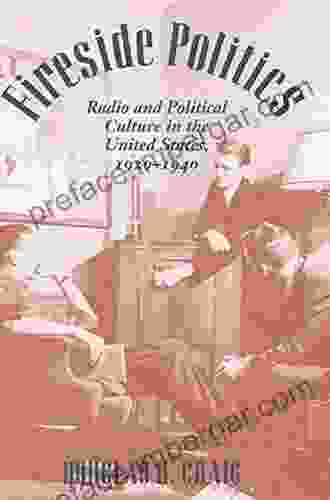
 Deion SimmonsRadio and Political Culture in the United States, 1920-1940: Reconfiguring...
Deion SimmonsRadio and Political Culture in the United States, 1920-1940: Reconfiguring...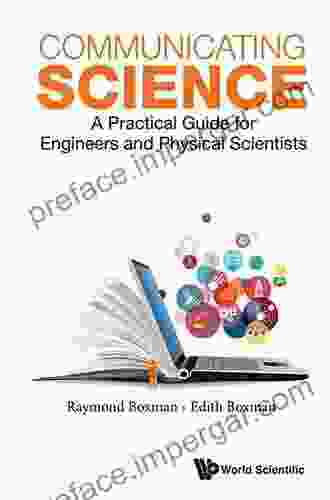
 John SteinbeckUnlock the Secrets of Adsorption: Your Comprehensive Guide to "The Little...
John SteinbeckUnlock the Secrets of Adsorption: Your Comprehensive Guide to "The Little... Oscar WildeFollow ·6.1k
Oscar WildeFollow ·6.1k Ken SimmonsFollow ·6.5k
Ken SimmonsFollow ·6.5k Dwight BellFollow ·5.5k
Dwight BellFollow ·5.5k Shannon SimmonsFollow ·7.9k
Shannon SimmonsFollow ·7.9k Reginald CoxFollow ·6.2k
Reginald CoxFollow ·6.2k Simon MitchellFollow ·6.1k
Simon MitchellFollow ·6.1k Ivan CoxFollow ·19.7k
Ivan CoxFollow ·19.7k Anton ChekhovFollow ·4.1k
Anton ChekhovFollow ·4.1k
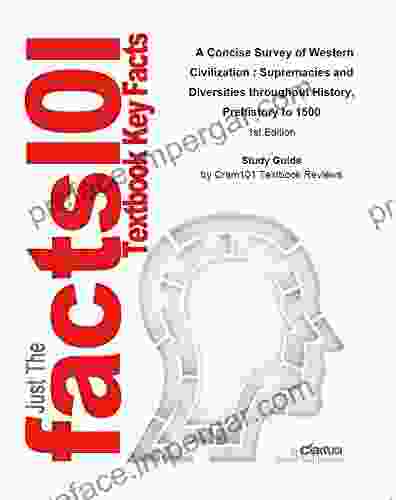
 Donovan Carter
Donovan CarterUnveiling the Tapestry of Western Civilization:...
: Step into the annals of Western...
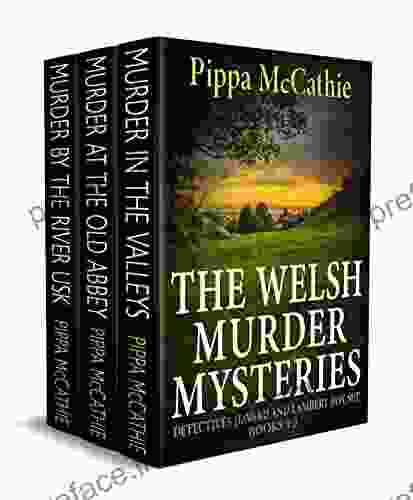
 Pablo Neruda
Pablo NerudaUnveil the Secrets: The Welsh Murder Mysteries
Prepare to be captivated as...

 Benji Powell
Benji PowellNot Without Our Consent: Lakota Resistance to...
In the mid-20th...
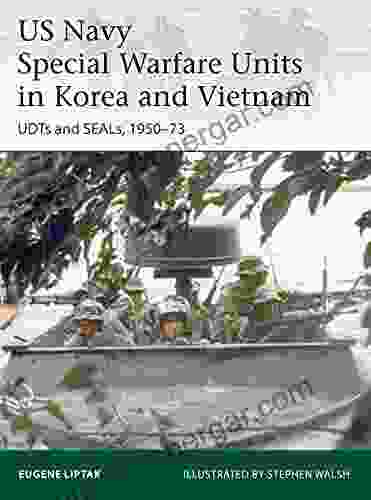
 Ryan Foster
Ryan FosterUncover the Heroic Exploits of U.S. Navy Special Warfare...
The annals of modern warfare are replete...
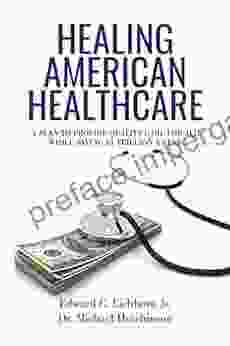
 Gage Hayes
Gage HayesPlan to Provide Quality Care for All While Saving...
The healthcare...
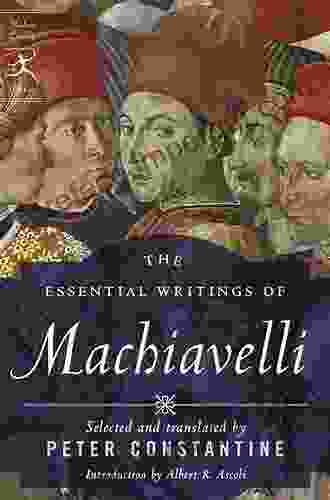
 Felix Carter
Felix CarterUnveiling the Timeless Wisdom of Machiavelli: The...
Niccolò...
5 out of 5
| Language | : | English |
| File size | : | 42045 KB |
| Text-to-Speech | : | Enabled |
| Screen Reader | : | Supported |
| Enhanced typesetting | : | Enabled |
| Print length | : | 416 pages |


